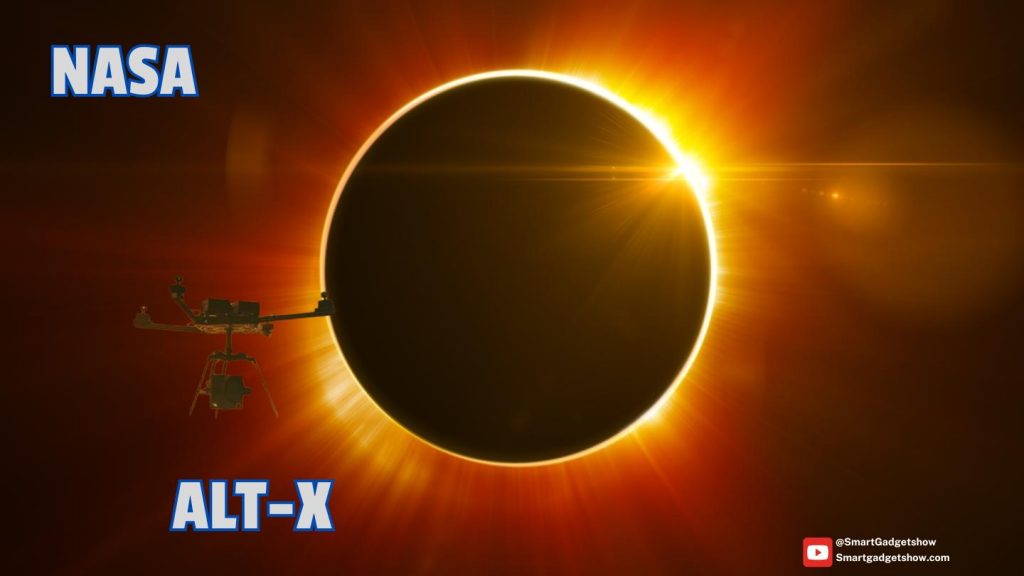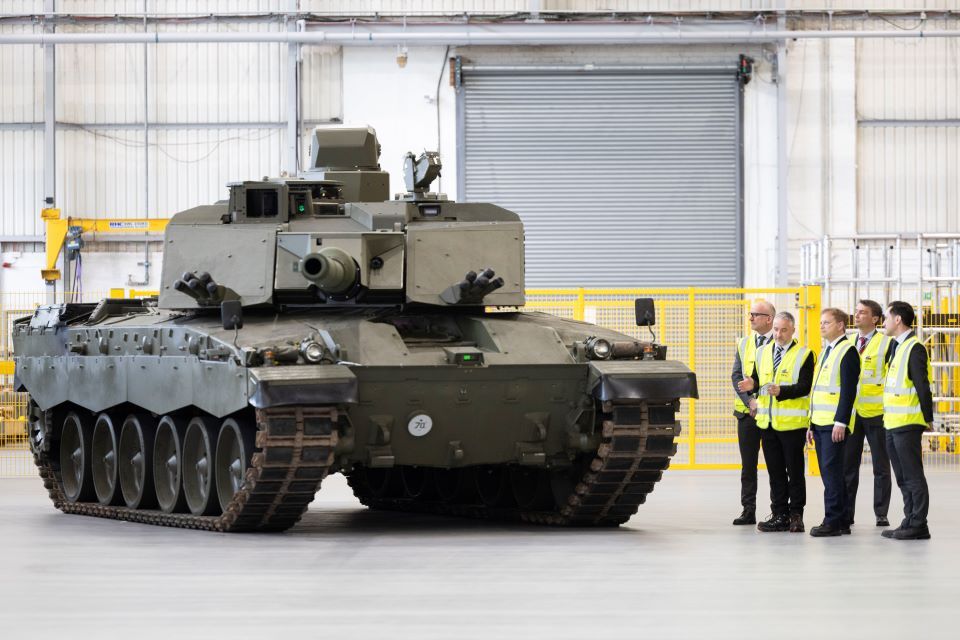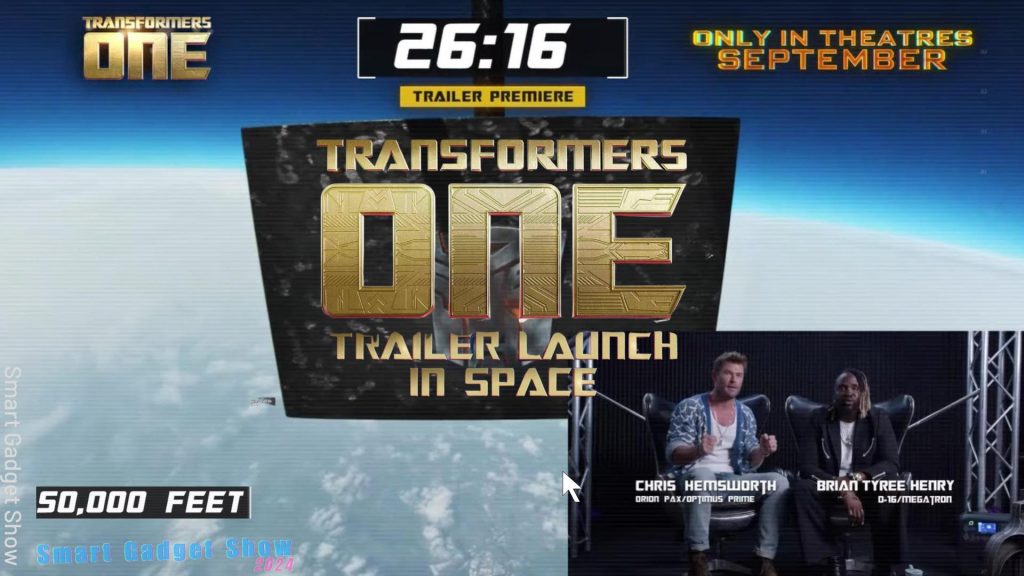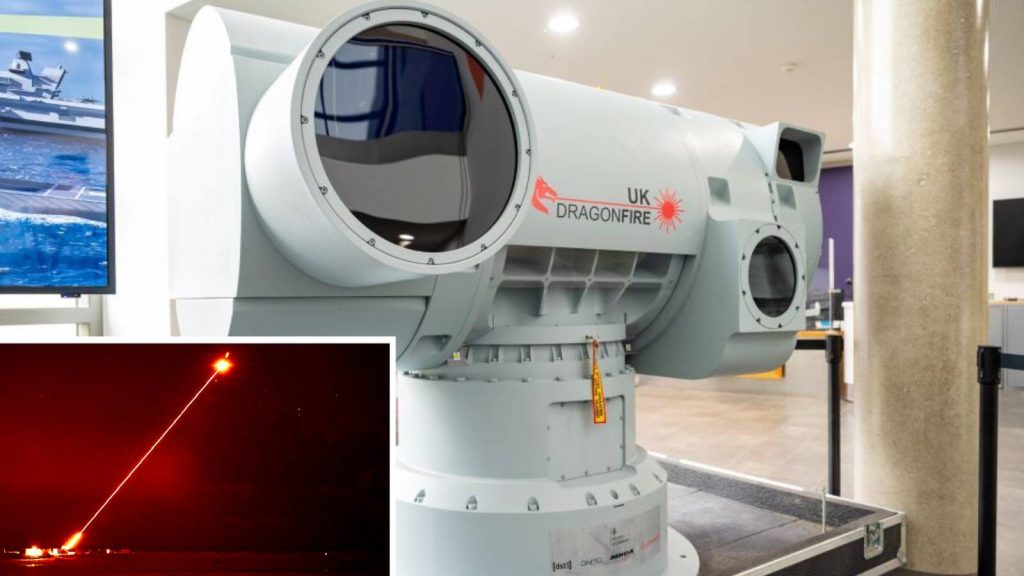Researchers from NASA Langley Research Center in Hampton, Virginia, are heading to Fort Drum, New York to study the changes in the Sun’s radiation as it reaches Earth before, during, and after the total solar eclipse on April 8th.
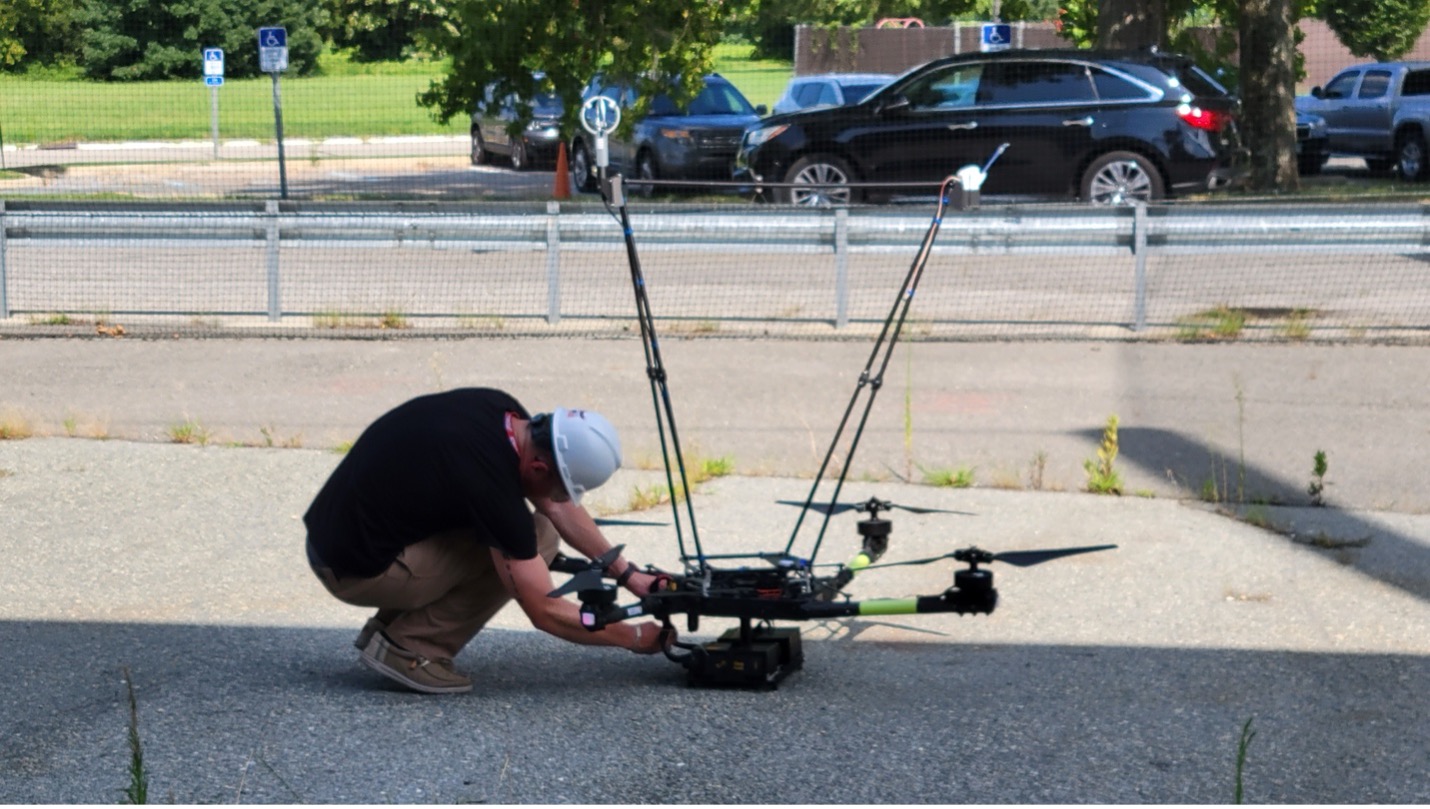
They’ll be using a modified Alta X Uncrewed Aircraft System (UAS) drone equipped with weather sensors similar to those on weather balloons and will fly nearly two miles high in altitude, which will be flown higher for this particular aircraft before.
It will measure temperature, humidity, pressure, and wind, providing a detailed vertical profile of the atmosphere. This data will be used to see if drones can be a viable alternative to traditional weather balloons for collecting data in the troposphere, the lowest layer of Earth’s atmosphere where most weather happens.
“UAS hold promise for rapid deployment into the lower troposphere with repeated measurements for higher temporal resolution at lower cost,” said Jennifer Fowler, principal investigator and mission commander, “Typically, atmospheric data collection from instruments on board aircraft is done using balloons as the platform that, once released, are not recovered. UAS allow for the opportunity to conduct repeated profiles since the radiosonde is recovered after each flight.”
‘Forcing events’ in weather are events that drive some type of sudden change. Examples of forcing events are volcanic eruptions, wildland fires, and solar eclipses. The predictability of an eclipse, compared to other forcing events, presents a perfect opportunity for scientists to study the impact on the planetary boundary layer, the lowest part of the troposphere, in a natural experiment. Experiments with weather balloons use instruments, called dropsondes, that collect data about the atmosphere as they float to earth. Radiosondes are dropsondes attached to aircraft.
“The configuration [of instruments] that we’re using, a radiosonde integrated with a 3D sonic anemometer, flown on a multi-rotor aircraft, to my knowledge, has never been done before,” explained Tyler Willhite, airborne sensor operator, “The radiosonde is designed for balloon launches. So, the fact that we’re flying it on a drone is very different. Low altitude sounding data is critical to fill knowledge gaps that currently exist in the atmospheric boundary layer. We also have the ability to have a large variety of data outputs that can be streamed in real-time. This is something that other weather payloads are somewhat limited in.”
NASA’s team will be collaborating with other organizations who will also be launching weather balloons during the eclipse to compare the data collection methods.
“During our eclipse mission, we will also be participating in the World Meteorological Organization’s world-wide flight campaign. We will gather data in real-time throughout the eclipse and the days beforehand, send those to the WMO to input into their models for more updated and accurate forecast measurements,” said Willhite, “That is the main goal of all this data is to be inputted into models for more updated and accurate forecasts.”
